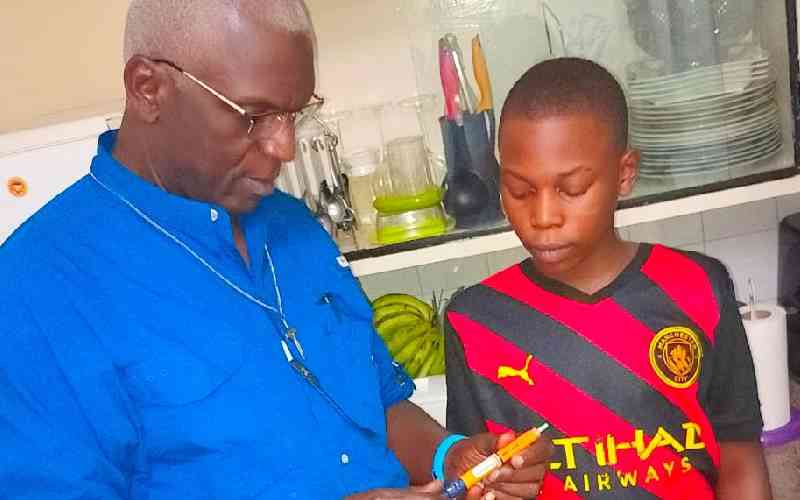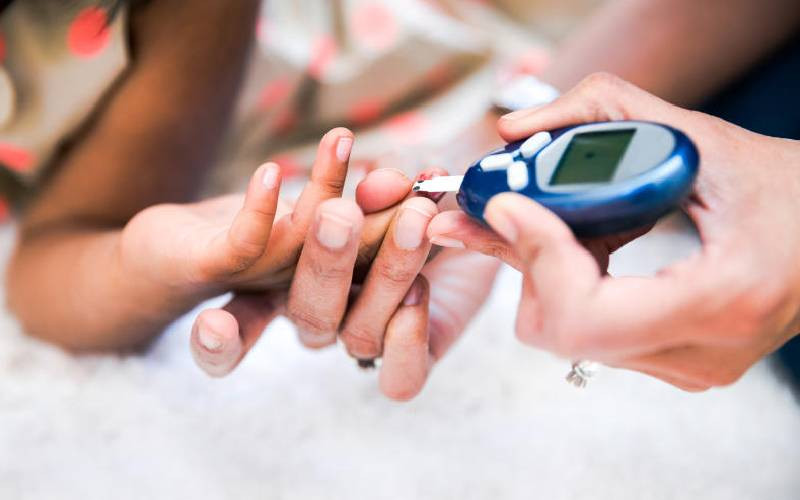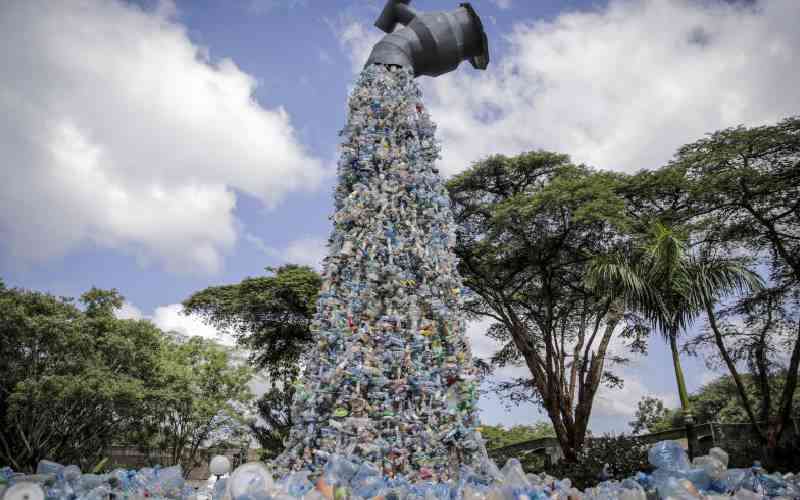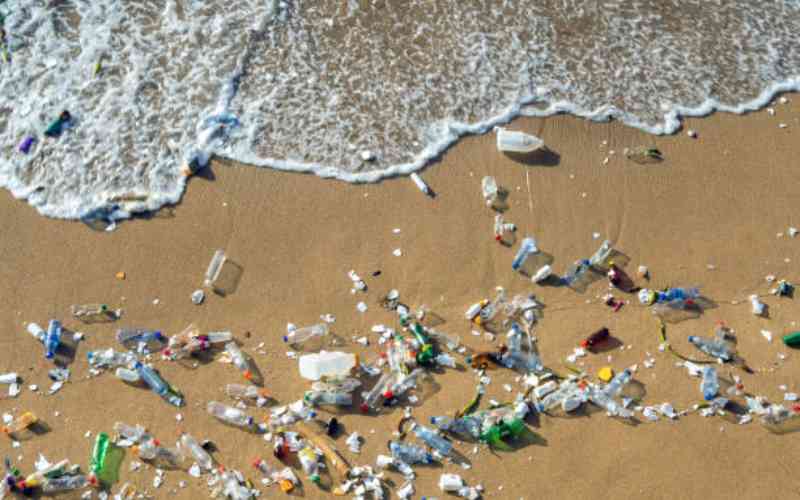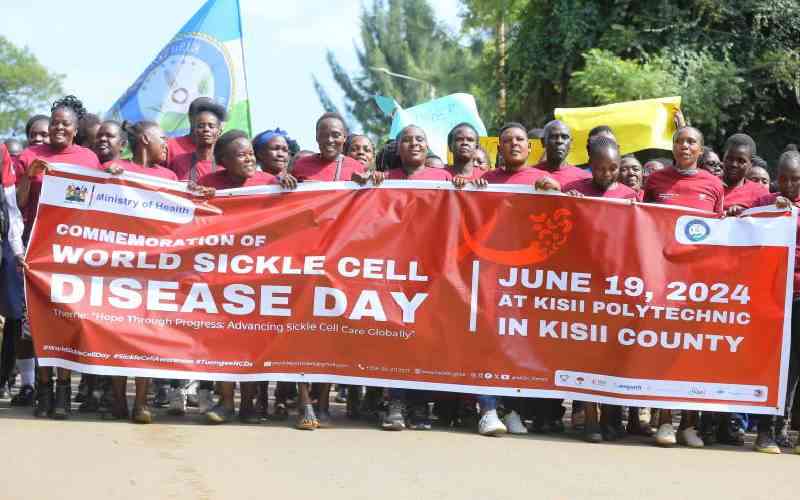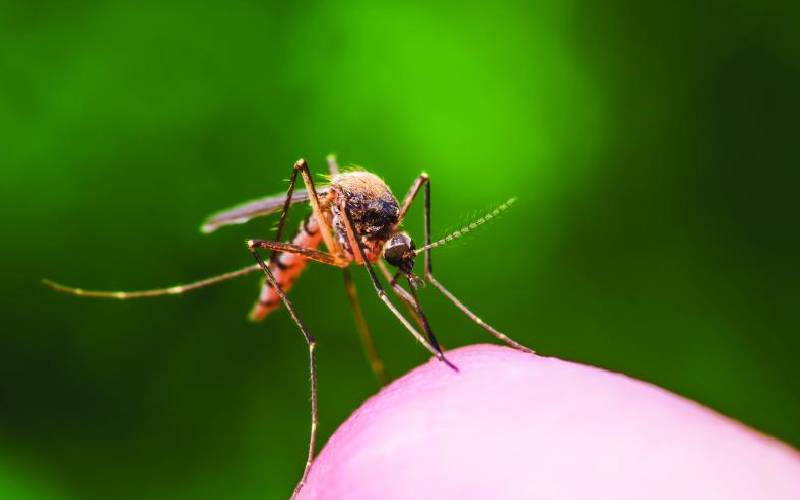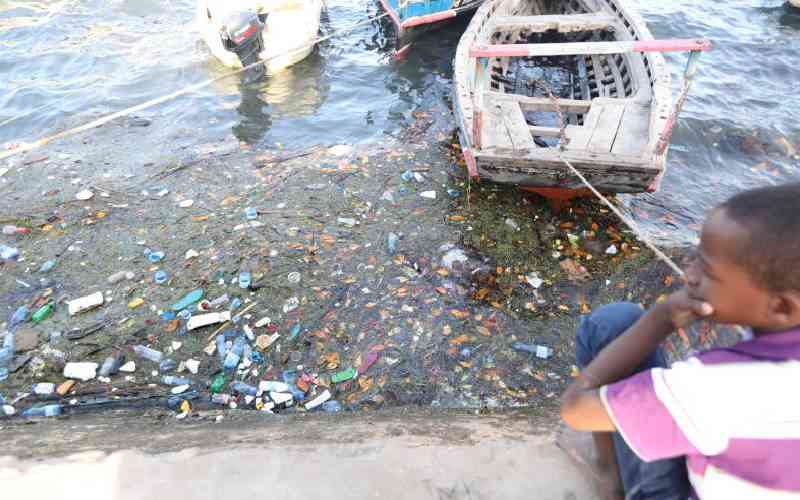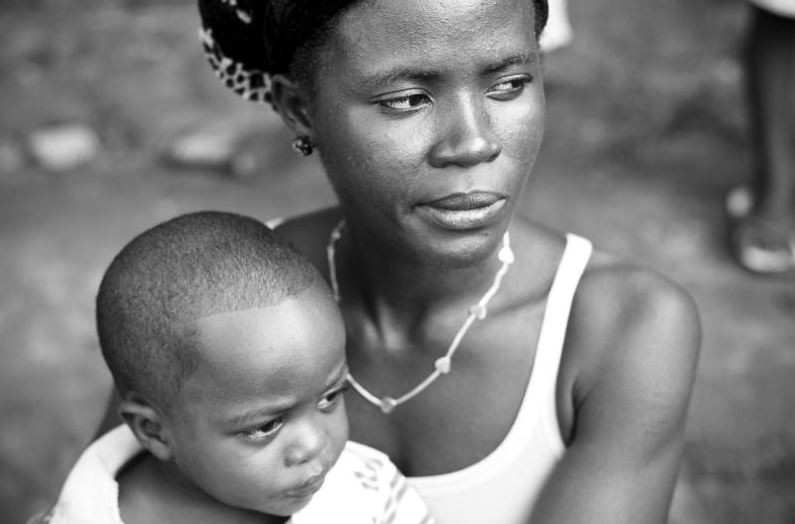
A recent review published in The Lancet Haematology reveals that iron deficiency affects up to one in three women worldwide, making it the most prevalent nutrient deficiency globally.
Iron is essential for energy production, brain development, and maintaining a healthy immune system. Yet despite its importance, millions, particularly women and children, continue to suffer the consequences of iron deficiency.
According to the World Health Organization (WHO), anaemia—a condition largely caused by iron deficiency—affects 31 per cent of adult women of reproductive age, 36 per cent of pregnant women, and 40 per cent of children under five.
Iron is crucial for the production of red blood cells, which carry oxygen throughout the body. When iron levels are too low, haemoglobin production decreases, leading to anaemia. Common symptoms include pale skin and gums, fatigue, shortness of breath, and a rapid or irregular heartbeat.
Iron deficiency, particularly when it progresses to anaemia, can have serious health implications. It is associated with a weakened immune system, complications during pregnancy and childbirth, increased risk of maternal and infant death, and delays in a child’s physical and cognitive development.
Women and children are especially vulnerable. Menstruating women lose iron every month, increasing their nutritional needs. Pregnant women require more iron to support the development of the placenta, foetus, and increased maternal blood volume. Children, especially in the early years, need sufficient iron for growth and brain development. Adolescent girls are at particular risk due to the dual demands of growth and menstruation.
Beyond dietary insufficiency, inflammation from acute illness or chronic conditions, such as obesity, can reduce the body’s ability to absorb iron. With rates of chronic disease and obesity rising globally, this presents a growing challenge in the fight against iron deficiency.
In The Lancet Haematology report, Dr Ashley Benson and Dr Jamie Lo from Oregon Health and Science University convened a panel of 26 global experts and four patient representatives to develop comprehensive recommendations. Their findings call for a more inclusive and proactive approach to tackling iron deficiency, particularly among high-risk populations.
They stress the need for routine screening during pregnancy and early childhood—times when iron demands are highest. The panel also recommends the use of ferritin, a blood protein that reflects the body’s iron stores, as a reliable marker for diagnosing deficiency and determining when to intervene.
When treatment is necessary, oral iron supplements are the first line of action. They are effective, widely available, and affordable. For people who experience side effects such as nausea or constipation, taking supplements every day may help with tolerability. When oral treatment is not effective or tolerated, intravenous iron may be required.
The experts further emphasise that iron deficiency should not be addressed in isolation but integrated into routine maternal and child health services—such as antenatal check-ups, child wellness visits, and nutrition programmes—ensuring iron levels are monitored alongside other key health indicators.
To prevent and manage anaemia, individuals are encouraged eat a healthy, varied diet that includes iron-rich foods such as lean red meats, fish, poultry, legumes (e.g., lentils and beans), fortified cereals, and dark green leafy vegetables.
They should also consume foods high in vitamin C (such as citrus fruits, tomatoes, and broccoli) to help improve iron absorption.
There is also need to avoiding substances that inhibit iron absorption. These include bran, wholewheat flour, oats, tea, coffee, cocoa, and calcium-rich foods.
It is crucial to consult a doctor if you experience heavy menstrual bleeding, as this may necessitate iron supplements or hormonal contraceptives.
You should protect against infections that can cause or worsen anaemia and practise good hygiene—wash hands regularly with soap and water, and use clean toilets.
Addressing iron deficiency is not only a medical priority—it is a social and economic one. Ensuring women and children have access to proper nutrition, screening, and treatment will yield benefits for individual health, family wellbeing, and national development.
 The Standard Group Plc is a multi-media organization with investments in media
platforms spanning newspaper print
operations, television, radio broadcasting, digital and online services. The
Standard Group is recognized as a
leading multi-media house in Kenya with a key influence in matters of national
and international interest.
The Standard Group Plc is a multi-media organization with investments in media
platforms spanning newspaper print
operations, television, radio broadcasting, digital and online services. The
Standard Group is recognized as a
leading multi-media house in Kenya with a key influence in matters of national
and international interest.


